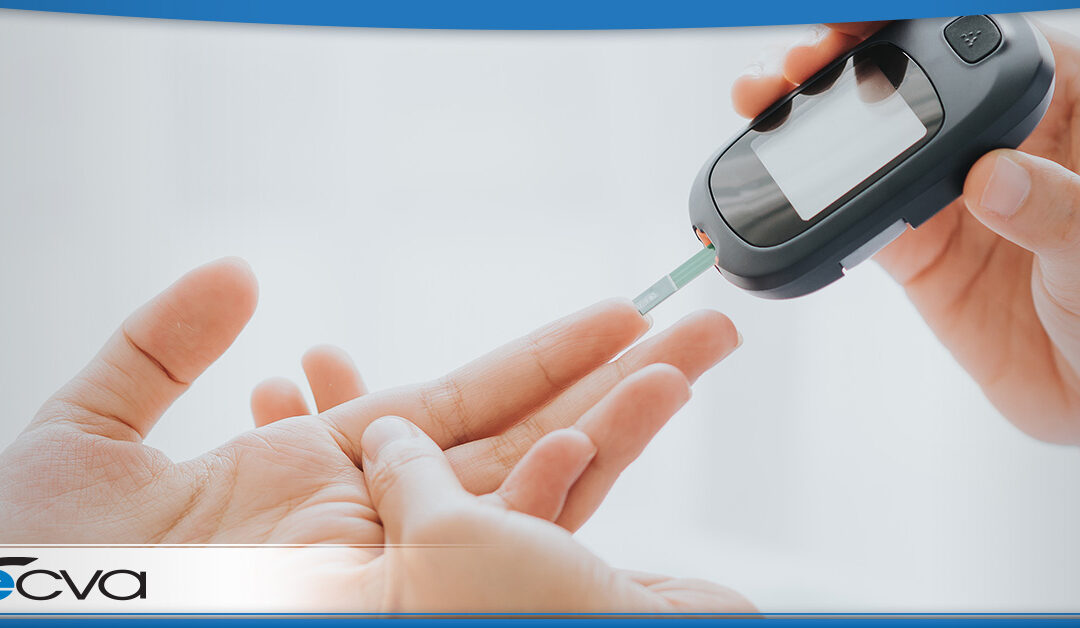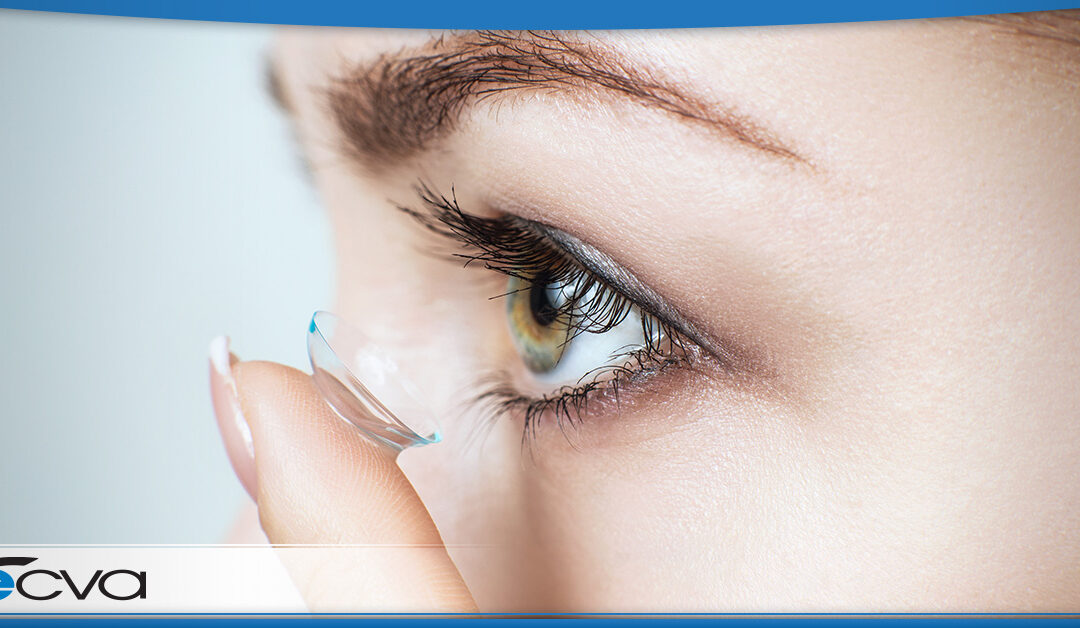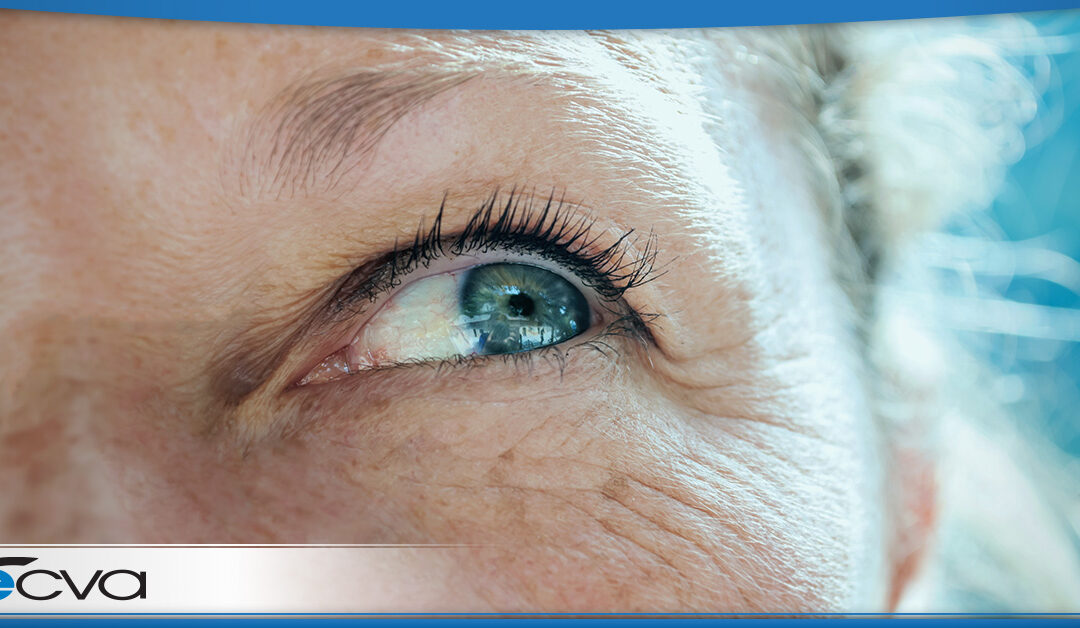
by preichert | Jun 29, 2019 | Uncategorized
High blood sugar levels have a significant effect on eyesight, causing various conditions like blurry vision, cataracts, glaucoma, and retinopathy. What are these conditions and how to they result from high blood sugar levels? We’re going to talk about each one, their...

by preichert | Jun 14, 2019 | Contacts
Many people may favor wearing eyewear over contact lenses because of fears that stem from things they’ve heard. Not all of these fears are warranted. We’re going to discuss the common myths people believe about contacts and clear up the confusion. Contact Lenses Can’t...

by ecvaeyeadminz | Jun 12, 2019 | Cataracts, Uncategorized
While cataracts are known for being an age-related condition, it actually has a potential onset as early as middle age. Cataracts commonly become more problematic for a person’s vision in the later years of life. What is a Cataract? A cataract is characterized by a...

by ecvaeyeadminz | Jun 5, 2019 | Eye Wear
After carefully selecting the perfect eyewear, searching for frames and shapes that fit your personality while complementing your facial features, you’ll want to take great care of your glasses so they have a long life. There are simple and effective ways to get the...





